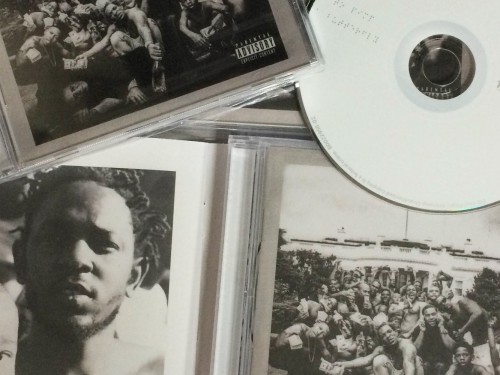

That’s the basis of Lamar’s argument against consumption on the track and a presage of the danger of protest later explored on the album’s final cut, “Mortal Man.” But the persona Lamar adopts here is not yet anti-materialistic, and he hasn’t yet left behind the hypnotic magic that material things work on consciousness. In short, Snipes tried to cut off his own flow of cash to the US Government as a form of protest, starving Uncle Sam of his lifeblood. The titular reference is to Wesley Snipes, convicted of tax fraud for filing massive, fraudulent tax returns based on loose interpretations of the tax code. The hard part is keeping it, motherfucker” (all lyrics sourced from Genius’s labor of love, staggeringly complete since the day of the release). Dre phones in: “Remember, anybody can get it. Back in 2012, one of Lamar’s lyrical personae said he felt like “money trees is the perfect place for shade.” But from the beginning of “Wesley’s Theory,” it’s clear that the struggle continues even when the money flows freely. Perhaps the most prominent theme of mainstream rap since back in the day, money reveals itself here as a means not only for survival and luxury, but also of oppression and injustice.

Money plays a complicated role on To Pimp a Butterfly. When we finally arrive at the ghostly interview with 2Pac at the album’s close, Pac describes this fully-realized awareness as spirit. In doing so, the album organizes itself around three major poles: money, power, and the self, the vessel of consciousness. To Pimp a Butterfly provides nothing less than a dialectical account of the relationship between the constantly-emerging revolutionary consciousness of black culture and the bare materialism and institutionalization that threaten to destroy it. What follows is an attempt to read the album’s underlying narrative, a story that unites all the layers of the album’s critique into a coherent whole. Although some critics have recognized that Lamar’s myriads of vocal personae and lyrical points-of-view allow him to approach these issues from multiple angles (resulting, for some, in disorganization and fragmentation), few have sought to capture the weight of the album’s seemingly paradoxical investigations of its major questions. Even the most casual attention to the lyrics can unveil the complexity of Lamar’s critique of institutional racism, consumer capitalism, hip-hop culture, justice, and his own choices as an artist, as a black man, and as a human being. To Pimp a Butterfly requires an extra commitment. Writers struggle to say anything conclusive, and when they do, it’s often so myopic that it seems to miss the point entirely, taking the music at face value.

It’s not necessarily unexpected: on the one hand, critics are responsible for doling out only the fairest share of hype, leaving the fawning and the hating to the fans and on the other, they have mere hours to determine the value of the work and form a coherent statement about it. But so many reviews have heaped up recycled platitudes about the album’s somehow-surprising blackness, its supposedly-inscrutable complexity, and its take on the suddenly-topical string of police murders that have recently gained mainstream awareness (but have been going on for decades) that a complete reading of the album’s lyrical content hasn’t yet breached the press. Some valuable interpretations have surfaced, and the exuberant praise that some have lavished on the album is due. Judging from the pages upon pages already written about Kendrick Lamar’s To Pimp a Butterfly, you might think that critics have already exhausted the conversation within just the first week after its surprise release.


 0 kommentar(er)
0 kommentar(er)
